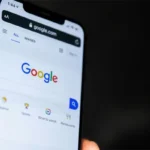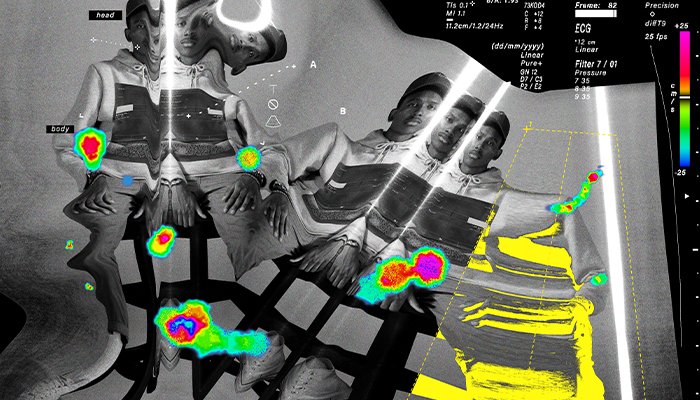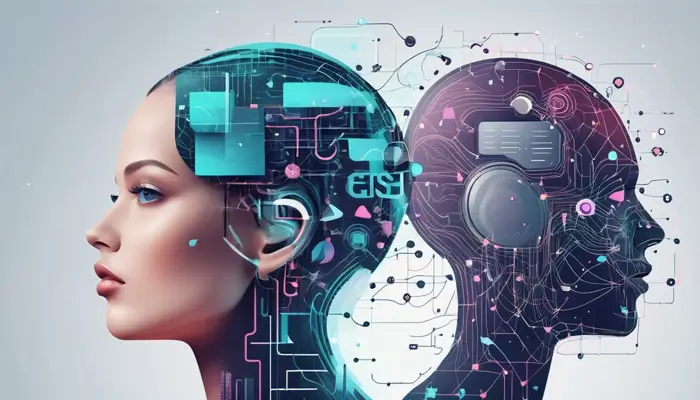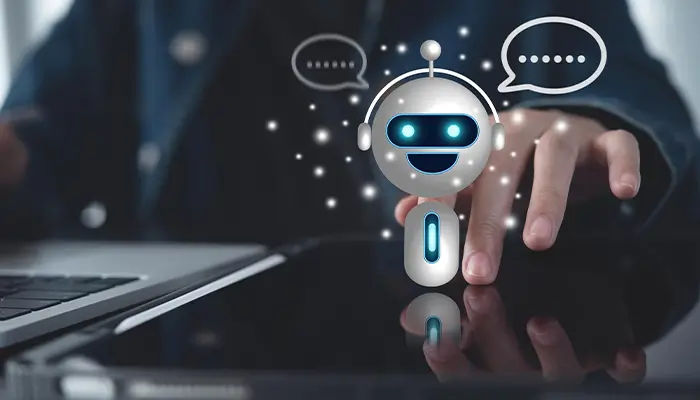
Personalized Marketing with AI: How Brands Can Target Smarter in 2025
September 5, 2025
Mobile SEO in 2025: How to Optimize for Google’s Mobile-First Index
September 10, 2025Graphic design is no longer just about creativity, it’s about speed, personalization and innovation. In 2025, Artificial Intelligence (AI) is transforming how designers work, from automating repetitive tasks to generating brand-new creative possibilities.
AI doesn’t replace designers; instead, it acts as a creative partner, helping professionals bring ideas to life faster and more effectively. Here’s a look at how AI is reshaping the future of graphic design.
AI-Powered Logo and Branding Tools
Logo creation is often the first step in building a brand identity. AI platforms like Looka, Tailor Brands and Canva’s AI Logo Maker now generate professional-quality logos in minutes.
- Businesses can choose from multiple AI-generated concepts.
- Designers can refine these options into polished, custom identities.
This combination of AI speed + human creativity means faster branding without sacrificing originality.
Dynamic and Adaptive Visuals
In the age of personalized marketing, static visuals don’t always cut it. AI tools now create dynamic graphics that adapt to user preferences and behaviour.
For example:
- E-commerce banners that change based on customer interests.
- Social ads that update with trending colours, fonts or messages.
This level of real-time design personalization increases engagement and conversions.

Smarter Design Assistants
Tools like Adobe Sensei and Figma’s AI features are making workflows more efficient. They can:
- Suggest layouts based on best practices.
- Auto-adjust typography for readability.
- Resize assets across multiple formats instantly.
For freelancers and agencies, this means less time on repetitive tasks and more time for creative problem-solving.
AI-Generated Illustrations and Art
AI art generators such as MidJourney, DALL·E and Stable Diffusion are pushing the boundaries of visual creativity. While they raise questions about originality, they also offer:
- Quick idea generation for mood boards.
- Inspiration for client presentations.
- Customizable visuals that can be refined by human designers.
Instead of replacing illustrators, these tools serve as idea accelerators.
Ethics and Authenticity in AI Design
As AI-generated visuals grow more common, ethical considerations are crucial. Designers must:
- Ensure originality and avoid copyright issues.
- Balance automation with authentic creative expression.
- Use AI responsibly to enhance not dilute brand identity.
Brands that adopt AI transparently will earn more trust in the long run.
Conclusion
In 2025, AI is not replacing graphic designers it’s empowering them. From automated logos to dynamic visuals and AI-generated art, the future of design is faster, smarter and more collaborative than ever.
For designers, the key is to embrace AI as a tool that enhances creativity while maintaining authenticity and originality.
If you have any questions regarding “Future of AI in Graphic Design” feel free to contact us. For inquiries and consultations, call us at: +92 321 4808303 or Email us at: hello@owaisgilani.com.
Disclaimer: The information shared on this website is for educational and informational purposes only and reflects my personal views and experiences. While I strive to provide accurate and helpful content, readers should use their own judgment and consult with a qualified professional before making any decisions based on the information here. I am not responsible for any actions taken based on this content. Feel free to reach out to me if you need clarification or have questions before using any part of this information.



